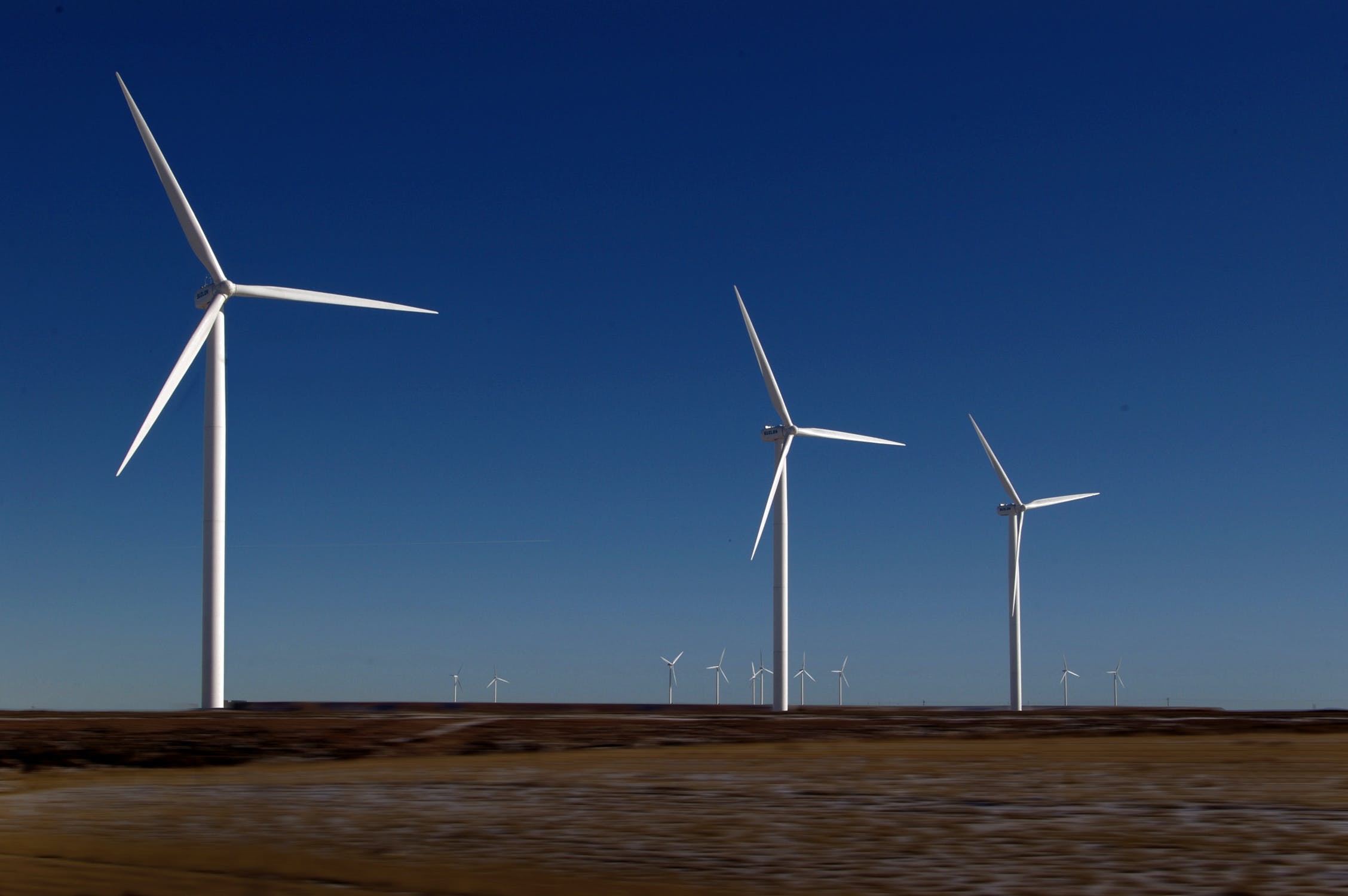I. Background
On April 29, 2020, the National Energy Control Center (“CENACE”), following instructions of the Ministry of Energy (“SENER“), published the Decree to guarantee the efficiency, quality, reliability and safety of the National Electric System on the occasion of acknowledging the epidemic of the disease caused the SARS-COV2 virus (COVID-19) (“CENACE Decree“). The CENACE Decree served as the basis and background to the content of the SENER decree that motivates this text.
On May 15, SENER published in the evening version of the Federal Official Gazette (“DOF”) the Decree that issues the Policy of Reliability, Safety, Continuity and Quality in the National Electric System (“SENER Decree”).
It is worth mentioning that SENER prepared the draft of the SENER Decree, requesting the National Commission for Regulatory Improvement (“CONAMER”), the regulatory improvement authority, whose function is to ponder the costs and benefits of public policy projects, to dispense from making the regulatory impact analysis due to the health contingency, in order to expedite the publication of the new regulation, -thus avoiding convening it to public consultation in which specialists and those affected could have presented their points of view-.
Finally, the SENER Decree was published in the DOF, regardless of the requirements regarding regulatory impact.
II. The SENER Decree and its essential content.
Publication. As pointed out, this Decree was published on May 15, 2020 in the DOF. It replaces the guidelines issued in February 2017, during the last six-year term. The SENER Decree entered into force the day after its publication, pursuant to its first transitional provision.
Justification. The justification given by SENER for the publication of said SENER Decree is said to be based on the need to maintain the reliability of the electricity system given the pandemic scenario, stating the idea that the renewable energy plants are intermittent and cannot guarantee a continuous supply, in contrast to plants using fossil sources and that can be put into operation at any time.
Legal grounds. It is said to be based on articles 25, fifth paragraph, 27, sixth paragraph and 28, fourth paragraph of the Political Constitution of the United Mexican States; 1, second paragraph, 2, section I, 12, 14, 26, 33, sections I, V, XXVIII, XXIX and XXXI of the Organic Law of the Federal Public Administration; 2, 4, 5, 6, sections I to VII, 7, 11, section I, and 132 of the Electric Industry Law; 4, 13, 14, sections IV, XII, XVI and XVII and 79, section II, of the Energy Transition Law; 5, section III, of the Regulations of the Electric Industry Law, and 1, 3 and 5 sections XXIII, XXIV, XXV, and XXVI of the Internal Regulations of the Ministry of Energy.
Preamble. The SENER Decree contains 50 considerations in an attempt to justify its content. Some of them are highlighted below:
- That article 4 of the Energy Transition Law establishes that SENER will promote that electricity generation from clean energy sources reach the levels established in the General Law on Climate Change for the Electric Industry and for that it should consider the greatest promotion to Energy Efficiency and to the generation with clean energies that can be maintained in a sustainable way under the conditions of the economy and of the electricity market in the country.
- That article 13, second paragraph, of the Energy Transition Law determines that, for the regulation of clean energies, SENER will have the authority granted in terms of the Electric Industry Law and other applicable legislation.
- That the generation of electricity must be subject to the National Energy Policy and specifically to the Reliability policy. For this reason, the increase in Installed Capacity and the installation of new Power Plants must consider the objectives of the public sector in accordance with the estimated demand and consumption of electric energy, and the planning of the offer for its timely and sufficient satisfaction; instead of just considering the possibilities of resources and technological availability in the market.
Purpose. The purpose of the SENER Decree is to, including but not limited to, comply with the provisions of articles 1, second paragraph, and 132 of the Electric Industry Law, concerning the promotion of sustainable development of the electric industry and guaranteeing its continuous, efficient and safe operation for the benefit of users and establishing the policies on efficiency, quality, reliability, continuity, safety and sustainability in the National Electric System.
Specific policies of the Decree concerning clean energies. Some of them include:
The integration of Installed Capacity of Power Plants with Intermittent Clean Energy will be maintained for all Power Plants that have reached the Interconnection Contract one day before the publication of this Policy in the DOF. If for any Power Plant with Intermittent Clean Energy, whether wind or photovoltaic, its Interconnection Contract or Generation Permit is canceled, CENACE will evaluate the requests so that, based on the entry position and advancement in the Attention System for Requests for Interconnection and Connection (“SIASIC“), of the Interconnection point of the Request and of the regional accommodation capacity of the Intermittent Clean Generation considering the Reliability of the System, the feasibility of accepting the request of the Study and continuing its process will be determined.
If any Power Plant with Intermittent Clean Energy, whether wind or photovoltaic, requests a Study at an Interconnection point, zone, region or System in which transmission and transformation elements are already congested, due to lack of generation resources to compensate for the intermittency and to maintain control of the frequency, voltage and reliability and selectivity of the protection schemes, CENACE, based on criteria of sufficiency, dispatch security and economic efficiency, may reject said requests. In due course, SENER will determine the reopening date for receiving Requests and the follow-up to Requests in progress.
Distributors must strictly apply what is established in the Interconnection Manual for Generation Plants with a capacity of less than 0.5 MW and coordinate with CENACE to determine the integration capacity of Distributed Generation with Intermittent Clean Energy considering the geographical location, and the electrical substation, zone, region or System.
To guarantee the reliability by voltage control, Power Plants with Intermittent Clean Energies, wind and photovoltaic interconnected to the National Electric System, must permanently guarantee the voltage control.
The Clean Distributed Generation Plants must comply with the necessary characteristics in their interconnection equipment to guarantee the safety of the users and of the personnel operating the General Distribution Networks, as well as the security of the infrastructure of the Exempt Generator and of the Distributors in case of an electrical contingency; additionally, interconnection studies must be conducted based on the electric topology, concentration of Load Centers and Power Plant Units.
III. Comments.
The content of the SENER Decree represents a serious attack to the generators of renewable energy in Mexico. Its provisions are presumably in line with the strategy of increasing the participation of heavy fuel oil with high sulfur content, -which currently cannot be sold in international markets-, in the generation of electricity of the Federal Electricity Commission (“CFE”).
The new regulations which were preceded by the aforementioned CENACE Decree, severely limit the participation of the private sector in renewable energies.
There is well-founded concern in private energy generating companies regarding the eventual termination of their participation in the electricity market. There is also a high cost for the government and consumers, since, in general, private companies are much more efficient than CFE. Average private costs are 6-7 times lower than CFE costs.
Furthermore, the Power Plant projects that SENER considers strategic will be preferred over those of a private nature in the fundamental interconnection to the network, causing insecurity and uncertainty among investors.
The SENER Decree is a serious regression in the area of energy transition, repudiating the content of the Paris Agreement and of articles 1, 14, 16, 25, 27 and 28 of the Constitution, rendering the affected investors defenseless.
Additionally, the Decree violates the Federal Law of Economic Competition by turning CFE into a monopoly on electricity.
In terms of legality, the SENER Decree violates the General Law for Regulatory Improvement Law which establishes:
Article 71: “When the Obligated Subjects prepare Regulatory Proposals, they shall present them to the corresponding Regulatory Improvement Authority, with a Regulatory Impact Analysis containing the elements that it determines, taking into account the provisions of article 69 of this Law, with at least thirty days prior to the date in which it intends to be published in the Dissemination Media or submitted to the consideration of the Head of the Federal Executive Branch, or of that of the federal, state, or municipal entity, as appropriate. “.
IV. In Conclusion.
There are solid grounds to assert that the SENER Decree contains clear unconstitutionality and illegality flaws, since the principles of equality and non-discrimination, freedom of trade and free competition were violated, since it was published without observing the process provided for in the General Law for Regulatory Improvement without having practiced the regulatory impact analysis referred to in article 66 of the General Law for Regulatory Improvement, without making the public consultation, and generating a massive loss of various sources of employment, contravening International Agreements and Treaties of which Mexico is part.
All of the above provides grounds for those affected to promote the corresponding constitutional and legal actions, as well as to resort to investment arbitration panels, demanding compensation from the Mexican State for damages for the evident economic damages they will suffer.
ECIJA México, S.C.







